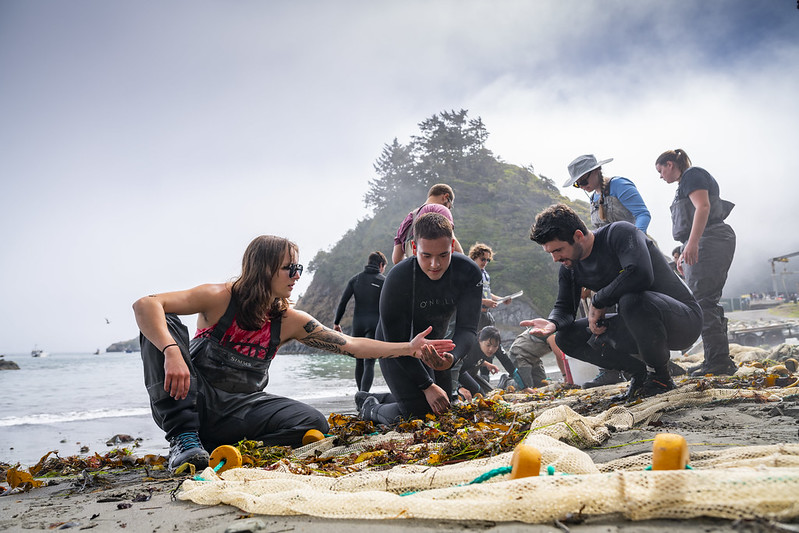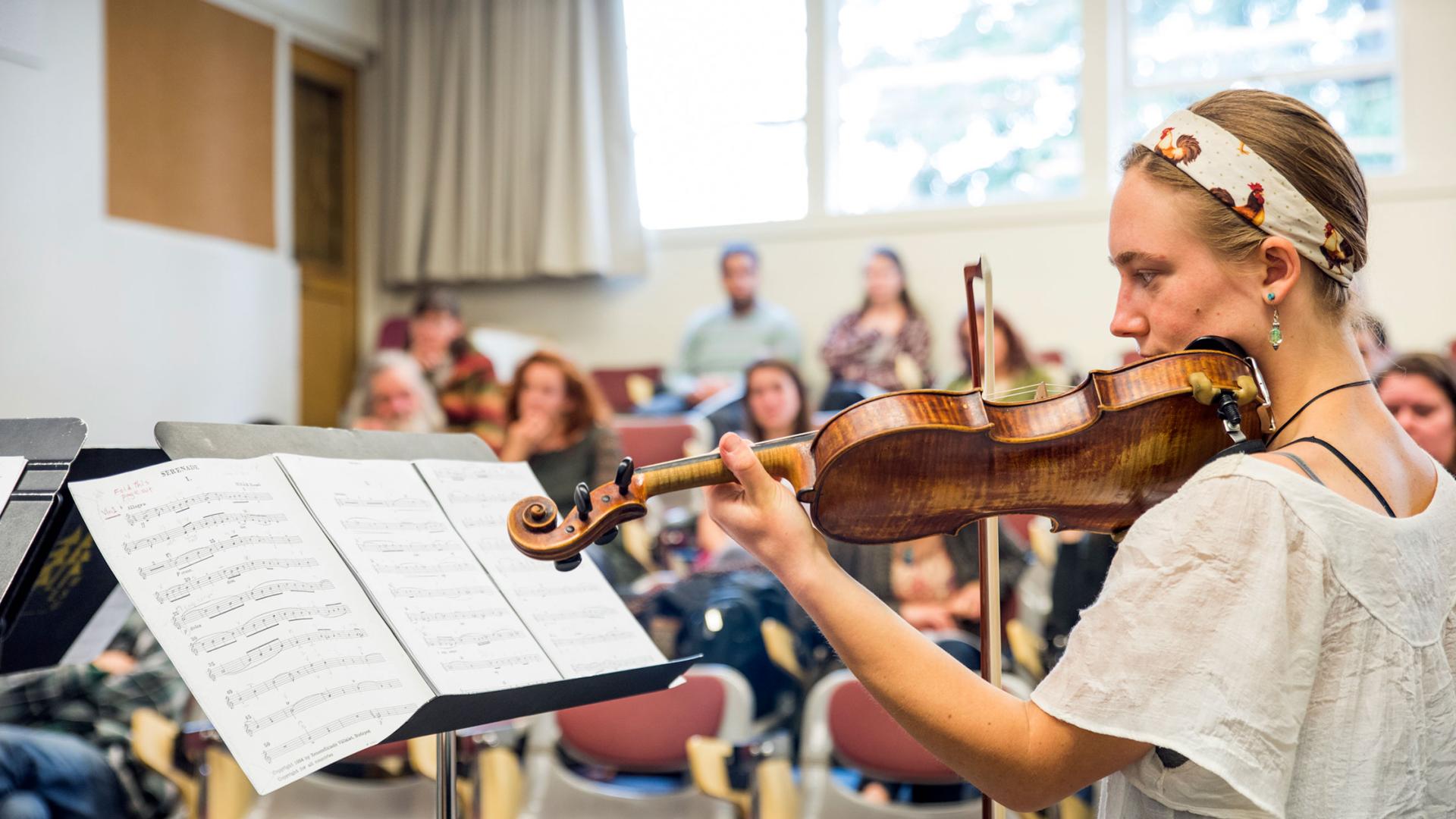Breadcrumb
Compliance

Compliance: 8 Things You Need To Know
Running an Humboldt social media channel brings legal and professional responsibilities.
The content creator and their supervisor are responsible and accountable for adhering to these guidelines.
It’s important to remember you will be held to high standards of inclusion, fairness, neutrality, as well as the University code of conduct. Cal Poly Humboldt is an agency of the State of California government and its property is state property. As such, legal and academic actions may be taken to remedy noncompliance.
Your channel not only represents your department-- everything you post reflects, represents, and belongs to Cal Poly Humboldt. An average user may not discern between departments.
1. Commenters, Neutrality, and Freedom of Speech
Neutrality: Cal Poly Humboldt, as a public university, does not engage in political, partisan, or commercial advocacy. Do not use an Humboldt-affiliated page for these purposes.
Commenters and moderation: This is a dynamic topic, and the laws are far from clear. The CSU errs on the side of free speech, even when the speech is deemed odious. We do not ban users, block comments, hide comments, shadowban users, or do anything that silences a voice in a space in which commenting is available.
In other words, if you’re going to allow comments, you allow all the comments. Contact Marcom before deleting a comment. Even so, Cal Poly Humboldt reserves the right to moderate discussions on our social media channels and encourages speech that is thoughtful, on-topic, and engaging.
Under very legally-specific circumstances, exceptions may include, but are not limited to:
- Hate speech
- Threats and personal attacks
- Libelous comments
- Commercial speech, advertising and spam
- Political or partisan views
- Commercial endorsements
- Privacy violations
2. Consent
Privacy matters. If you’re posting a photo of someone who can be identified from the photo, you are required to get a signed model release from that person. It doesn’t matter if it’s on-campus or off, on private property, or in public. It’s the law, and it’s also just a nice thing to do.
Even naming someone on social media without their consent could be problematic. (They might have a stalker, for example.) A person's privacy is theirs alone.
Photographs of minors should generally be avoided. Parents need to sign consent forms on their behalf. Here is Humboldt's Model Release Form.
The good news is, Humboldt has over 3,000 photos that you can use for Humboldt-related promotional purposes. These professional photos are from campus, field trips, and our community. They feature people who’ve signed the model release. Each photo is meta-tagged so you should be able to find what you need.
3. Accessibility
If a platform has accessibility features, use them.
Any video you post must include accurate captioning for any audible communication. Automatic captions (Youtube, Facebook, Instagram) require human correction for grammar, punctuation, proper nouns, etc.
Please ensure someone with impaired hearing still receives the entire message and has the same experience as someone not using screen readers.
For instance, Instagram and Facebook have 'alt text' functionality. Automatic alt text is insufficient.
- What should you write in the alt text?
- Add and edit alt text on Instagram
- Add alt text to Twitter
- Add and edit alt text on Facebook
- Edit closed captions on Youtube
- Upload closed captions for Facebook videos
4. Illegality
Do not violate laws or campus policies, and definitely don't do it on social media. Does your video show someone smoking on campus? Did you fly a drone over campus without permission from Humboldt and the FAA? It is your responsibility to familiarize yourself with campus policies.
5. Copyright
Need background music for a video? Sharing a meme? Grabbing a photo from the internet? Copyright laws apply in social media just as they would elsewhere. Be sure you have permission to post someone else’s work and give credit where credit is due. This includes memes, background music for videos, photos from newspapers, and everything else that you didn't personally create from scratch.
Youtube’s audio library offers free background music, sometimes with attribution required. For more eclectic selections, check out the Free Music Archive.
For Instagram and Facebook, you can find background music in Facebook Creator Studio.
6. Resources: Logos, Brand Standards & Guidelines
Consistency counts. Do people use Founder's Hall or Founders Hall? Is the mascot Lucky The Logger or Lucky Logger? These questions and more are answered in the Humboldt Editorial Style Guide.
Use of University logos and visual identity on social media channels must comply with wordmark and graphics standards. Download Cal Poly Humboldt logos, wordmarks, and more here.
7. Appropriate Use of Humboldt Social Media
When posting to a Humboldt-affiliated channel*, you may be seen as speaking for the entire University. Authority to post to these channels is granted by your supervisor, who will also be held responsible for its content.
Because you are representing Cal Poly Humboldt and the CSU system, DO NOT post: hate speech, profanity, defamatory speech, personal attacks, drug or alcohol use, nudity or sexual content, personal information/images of individuals without their permission, views on campus policies or politics, business promotions, commercial content, or copyrighted material.
Newsmedia have quoted Humboldt social media posts as "official sources" when that was not the author's intention. This role is solely for Humboldt's spokespeople.
8. Crisis Communications
Lastly, in the event of a campus crisis - be it a small power outage, controversy or major earthquake - DO NOT use Humboldt channels for crisis communications unless it is to refer people to Humboldt's primary communication channels. Even with the best of intentions, campus units have accidentally spread harmful misinformation and propagated rumors via Humboldt social media channels. It is imperative that you do not do so.
It is your responsibility to familiarize yourself with Humboldt crisis communication. Whether it's a criminal investigation, a public health issue, a natural disaster, controversy or any other crises - the rules change immediately.
In most circumstances, https://www.humboldt.edu/emergency will have verified information during a crisis, and you can share that information widely. (See #5 above.)
If you struggle to answer “Is this legal and appropriate for everyone at Humboldt as a whole?”, we suggest you abstain or contact Marcom before posting.
*Exceptions include campus clubs, informal organizations, and campus newsmedia.





